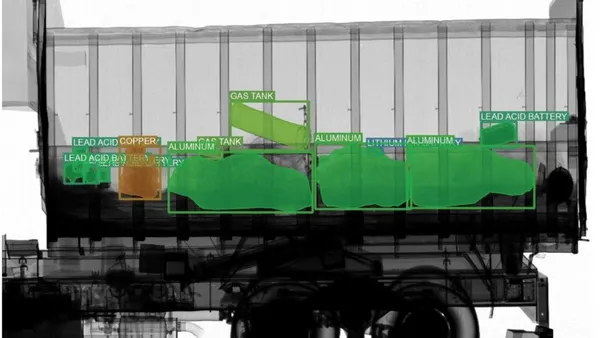Dive Brief:
- Researchers at the University of Wisconsin have developed a high-performance semiconductor computer chip made out of wood materials.
- The technology consists of replacing the backbone of the computer chip — often referred to as the substrate — with a biodegradable material that researchers call cellulose nanofibril (CNF).
- Cellulose nanofibril is made by adding water to wood fibers, then using homogenizers, grinders, and microfluidizers so that they become nano-scale. The result is a biodegradable gel, which is freeze dried and then used to make the chips.
Dive Insight:
This technology — especially that which has been developed recently — is expected to make great advancements towards the reduction of electronic waste. Currently, electronics are made out of non-biodegradable materials like gallium arsenide which are harmful towards the environment. While Americans change their cellphones and other electronics approximately every two years, this technology is expected to diminish the amount of non-biodegradable and toxic materials being added to the environment.
"The advantage of CNF over other polymers is that it's a bio-based material and most other polymers are petroleum-based polymers. Bio-based materials are sustainable, bio-compatible and biodegradable," said Dr. Shaoqin "Sarah" Gong, a biomedical engineering professor from UW- Madison.
Dr. Zhenqiag Ma, the leader of the research, also recently demonstrated the environmental safety features of the chip.
"Now the chips are so safe you can put them in the forest and fungus will degrade it," he said. "They become as safe as fertilizer."











